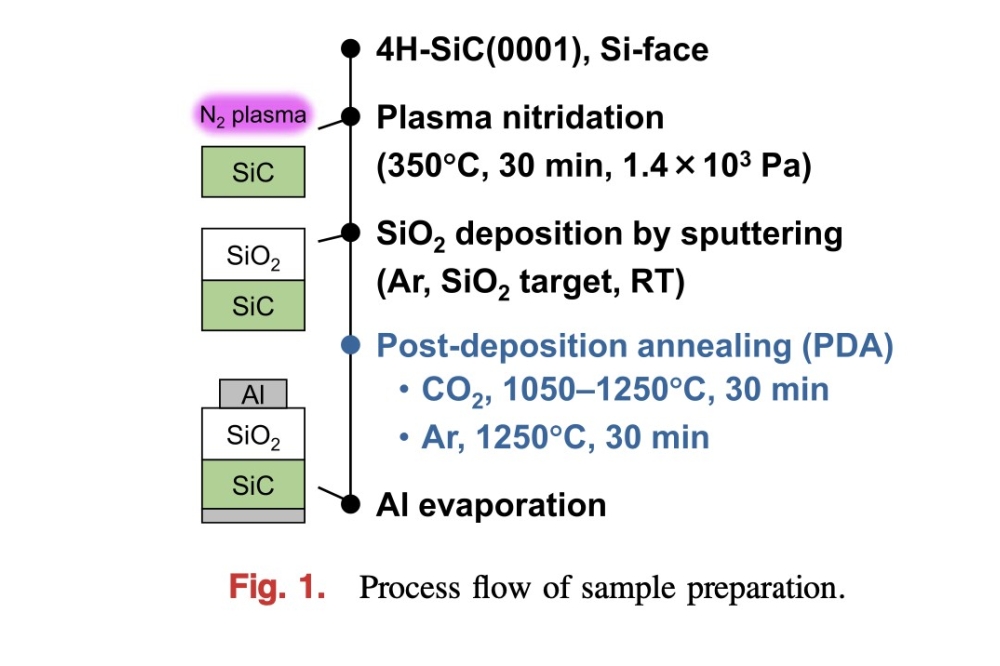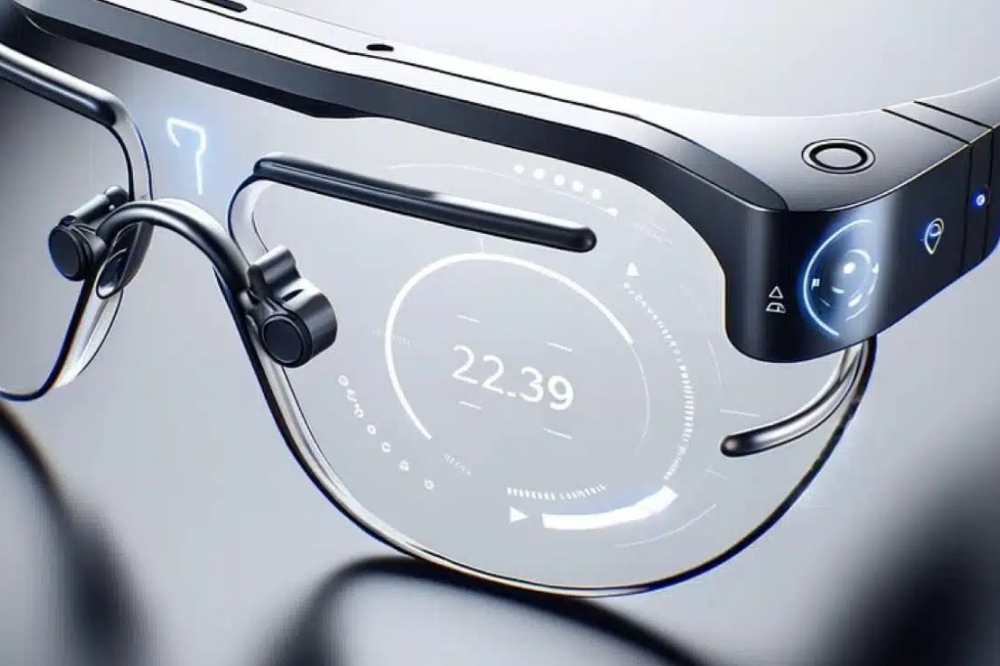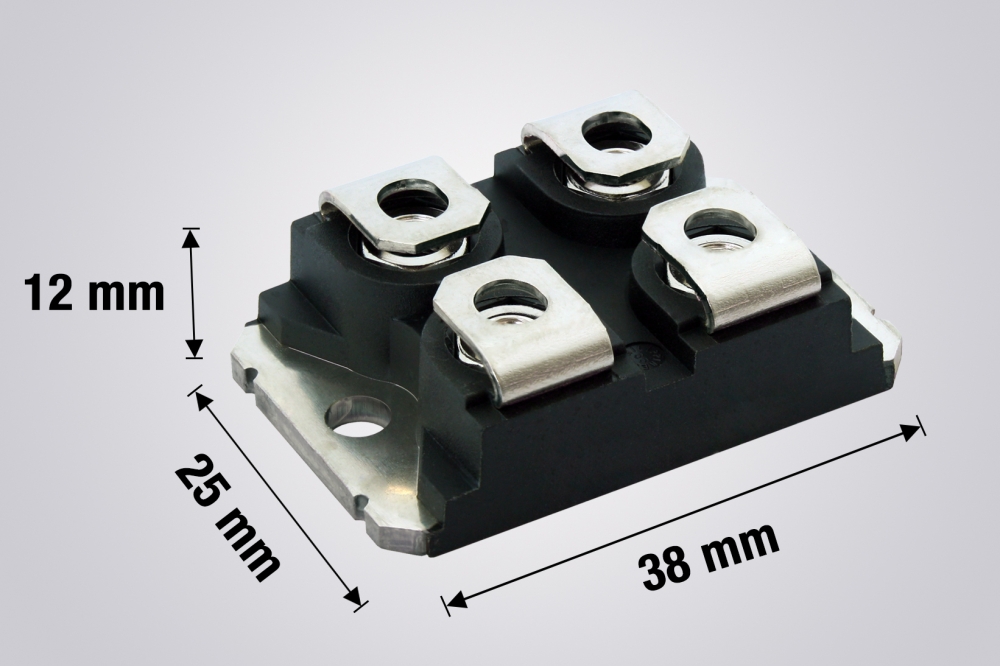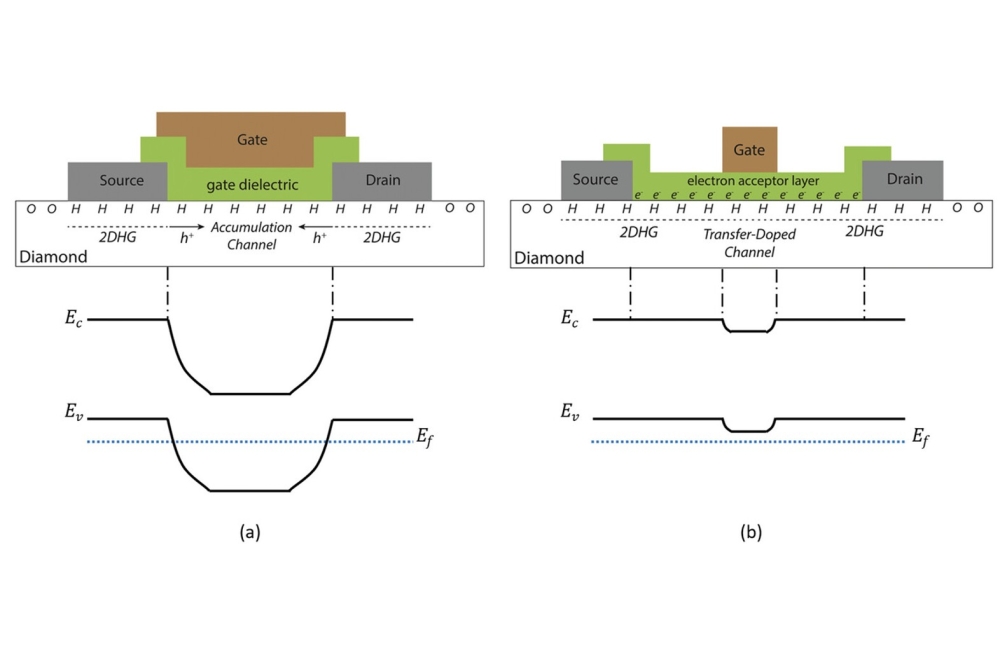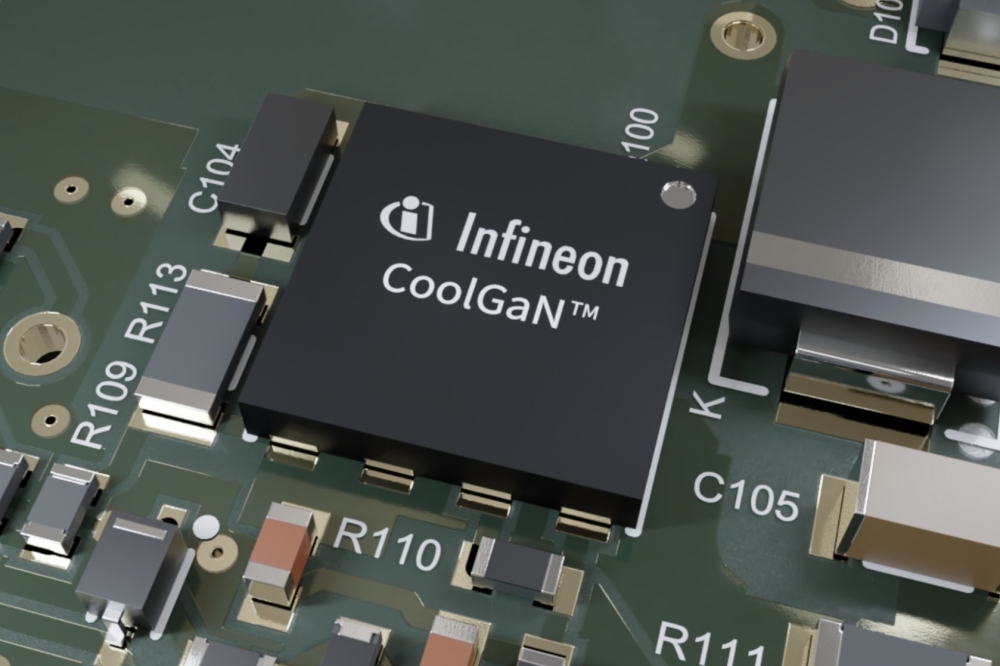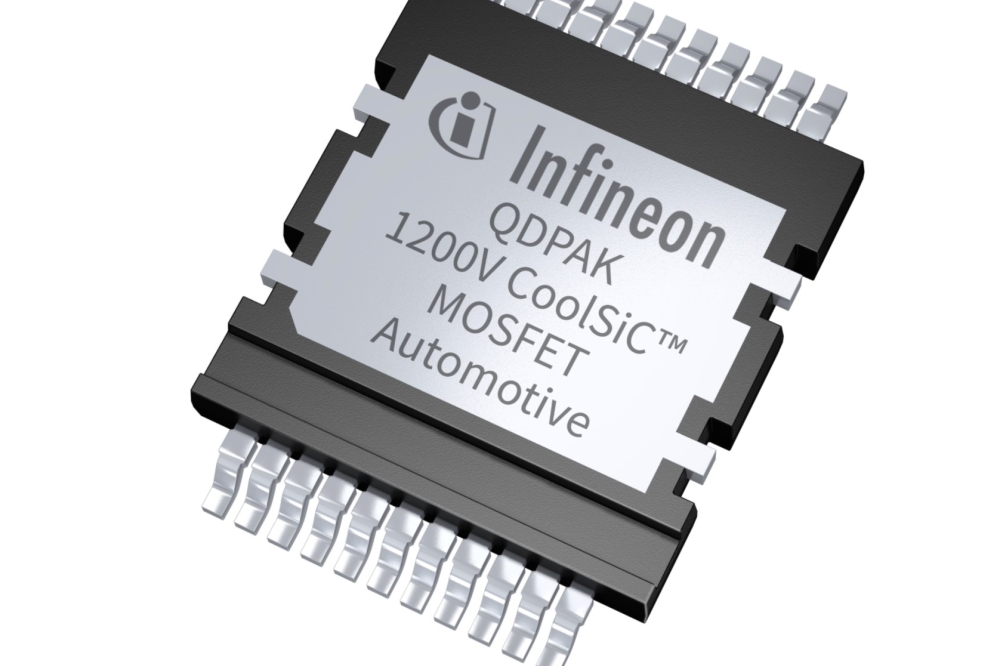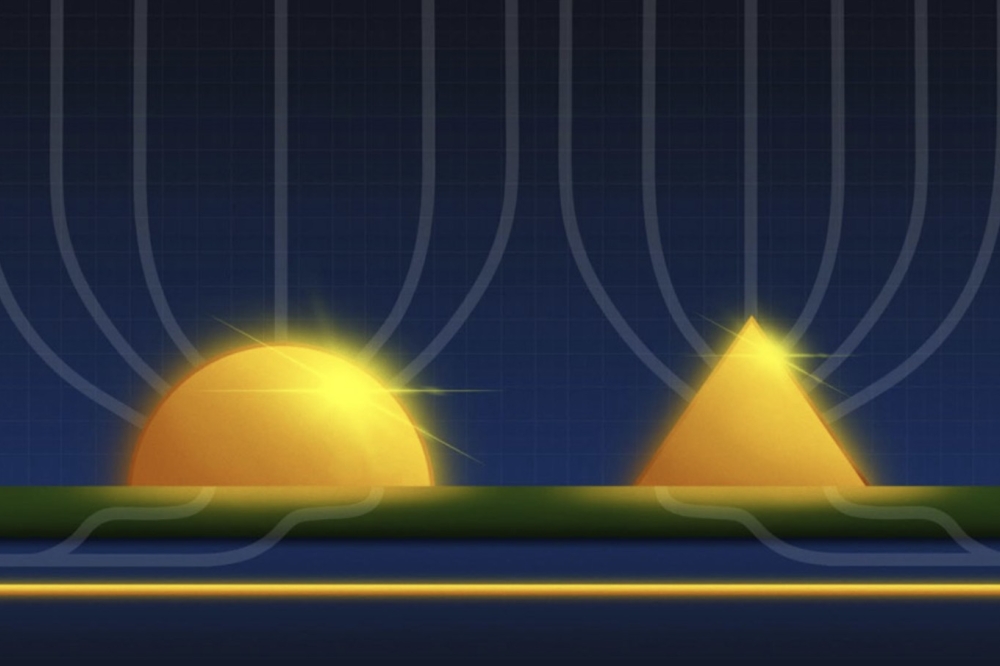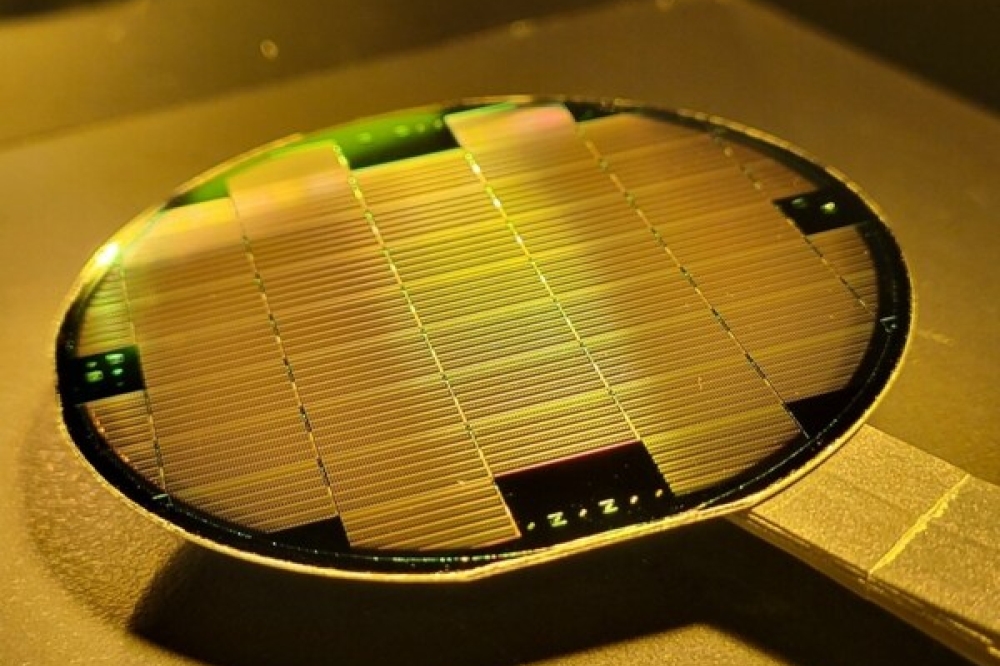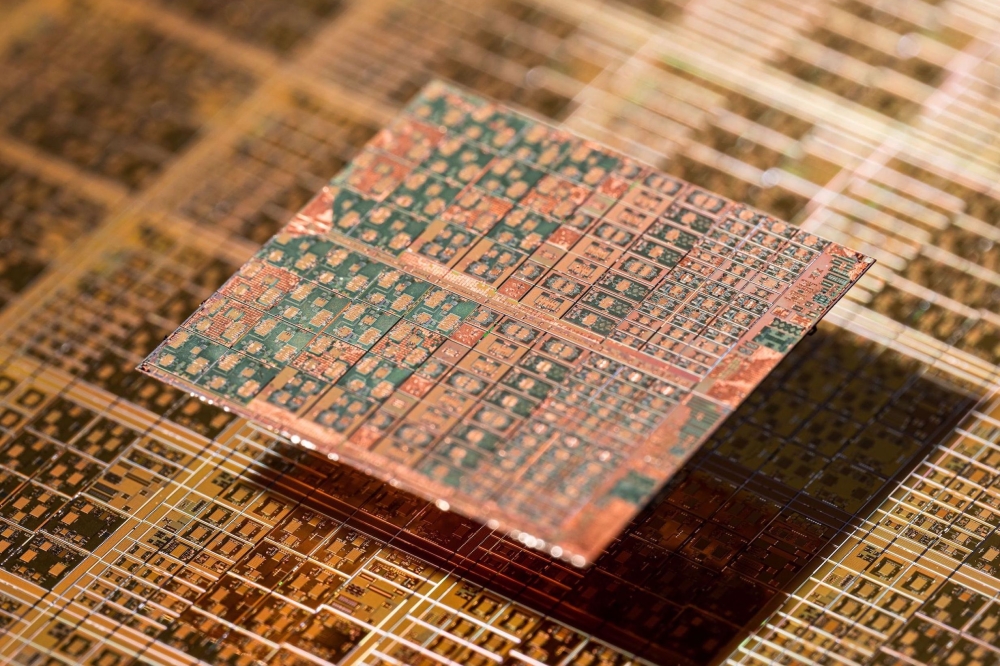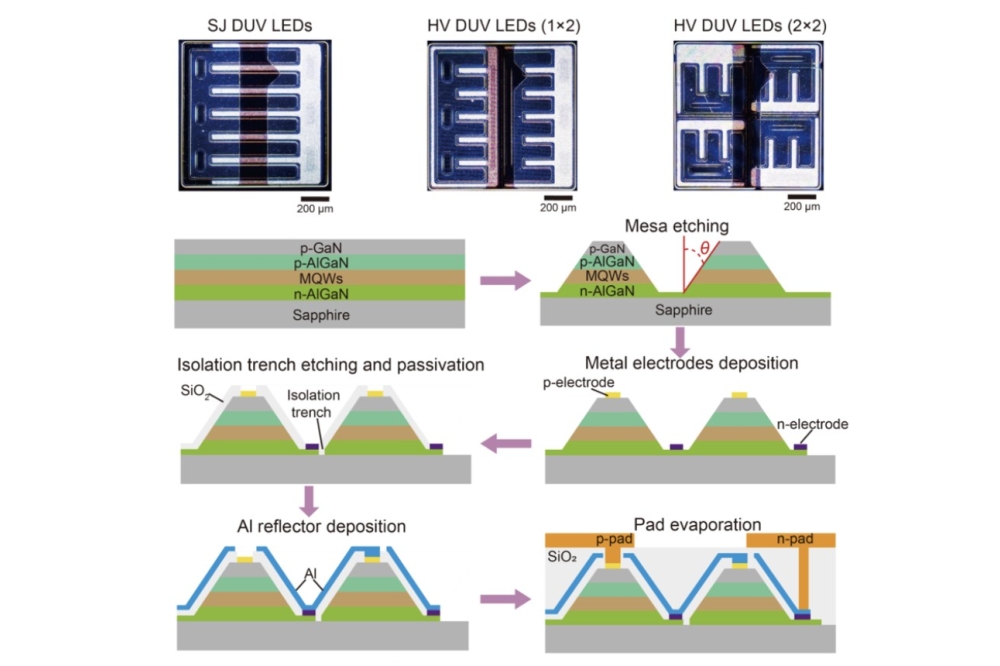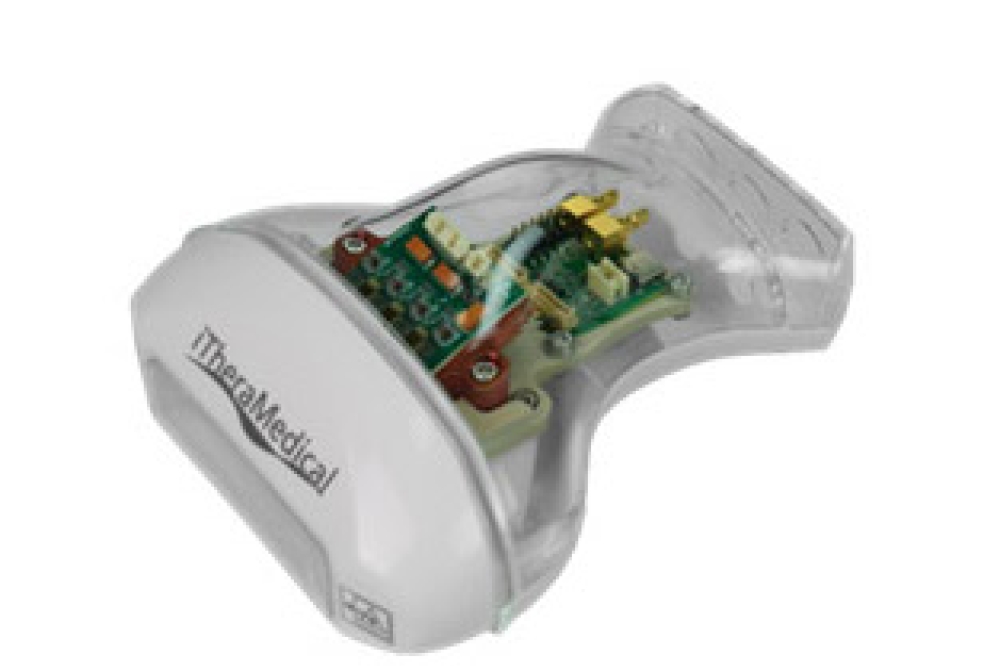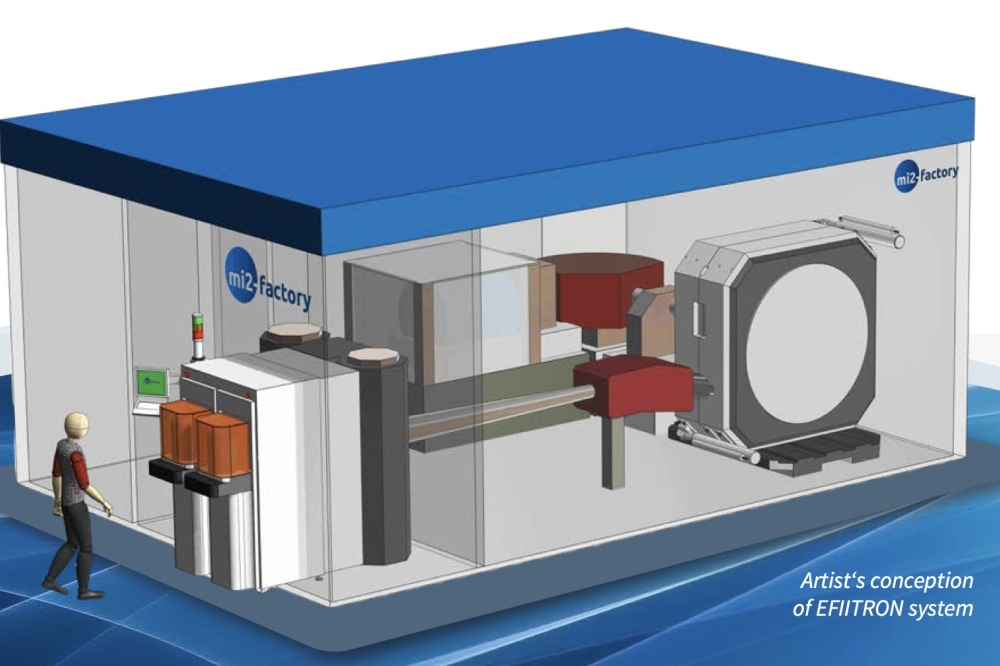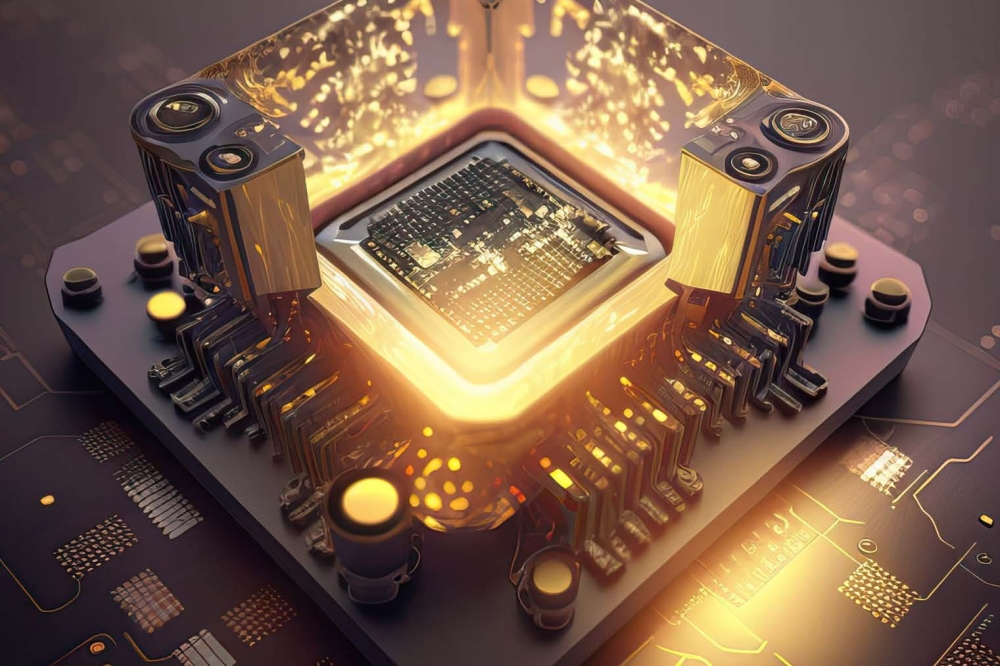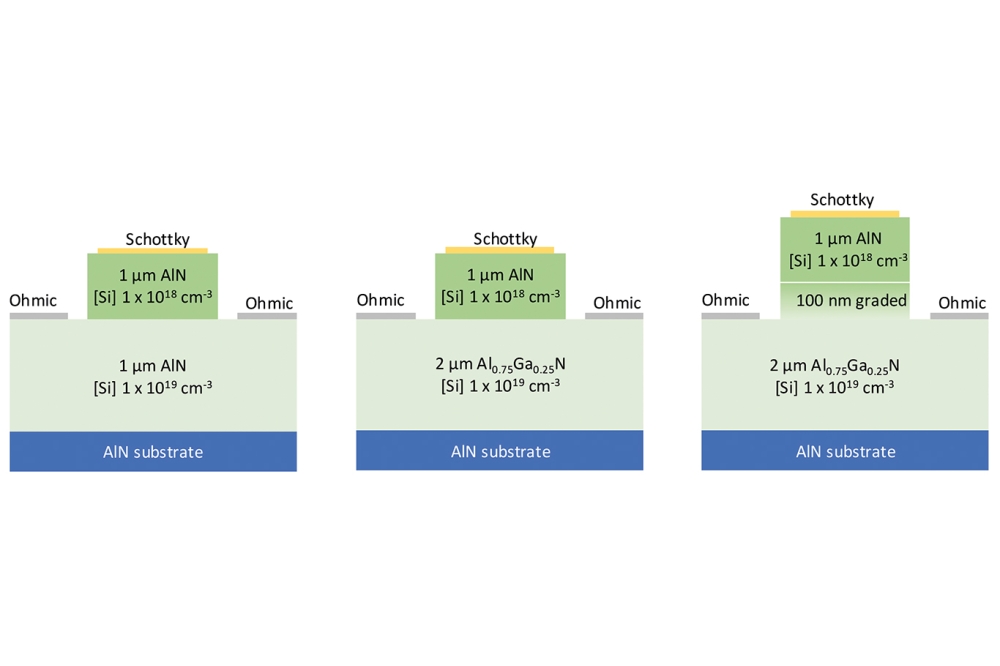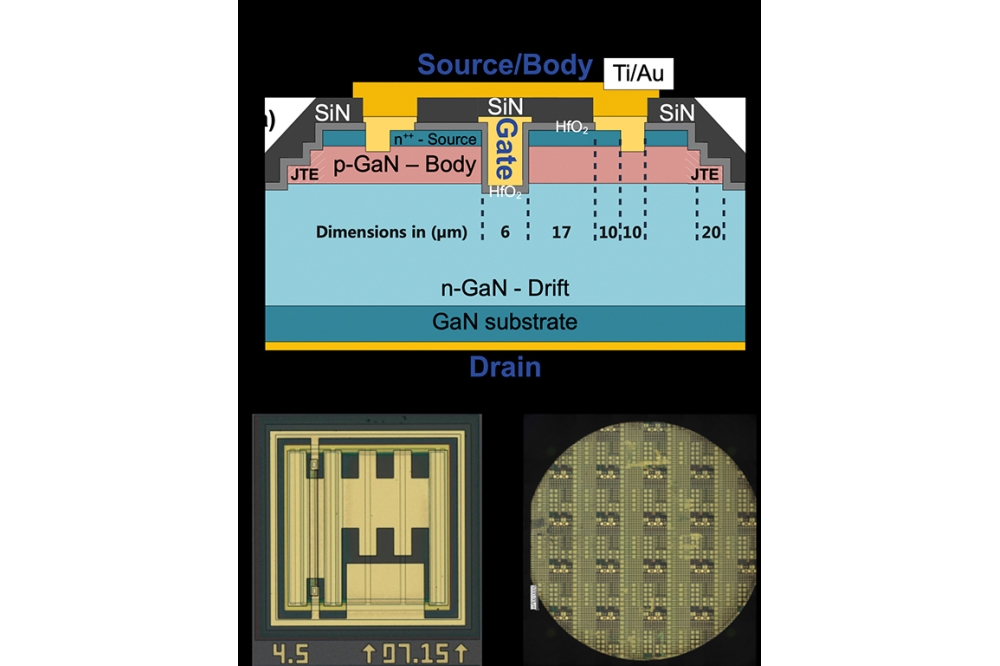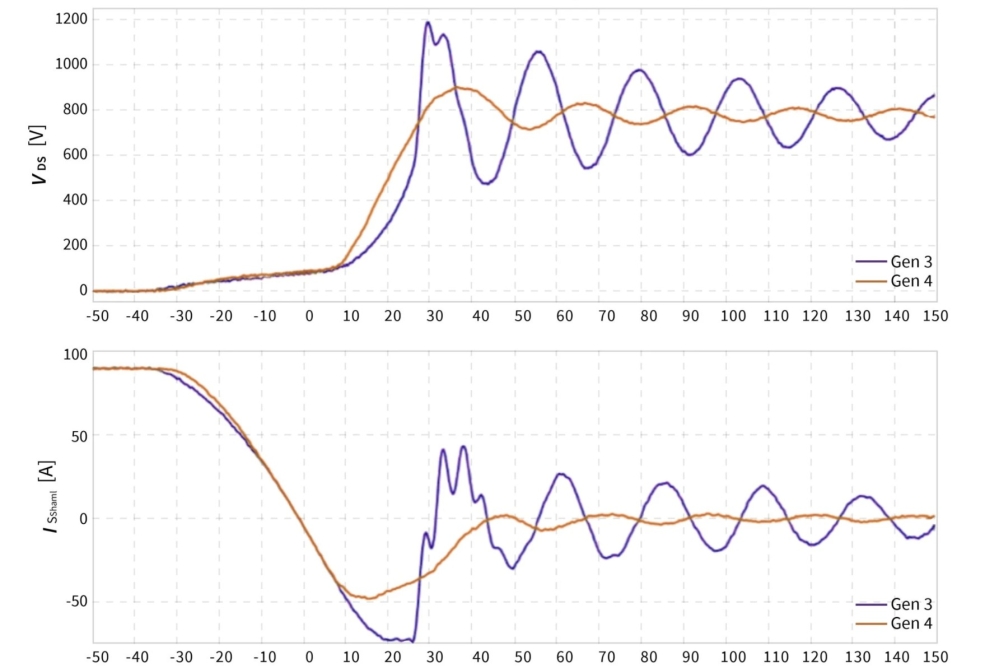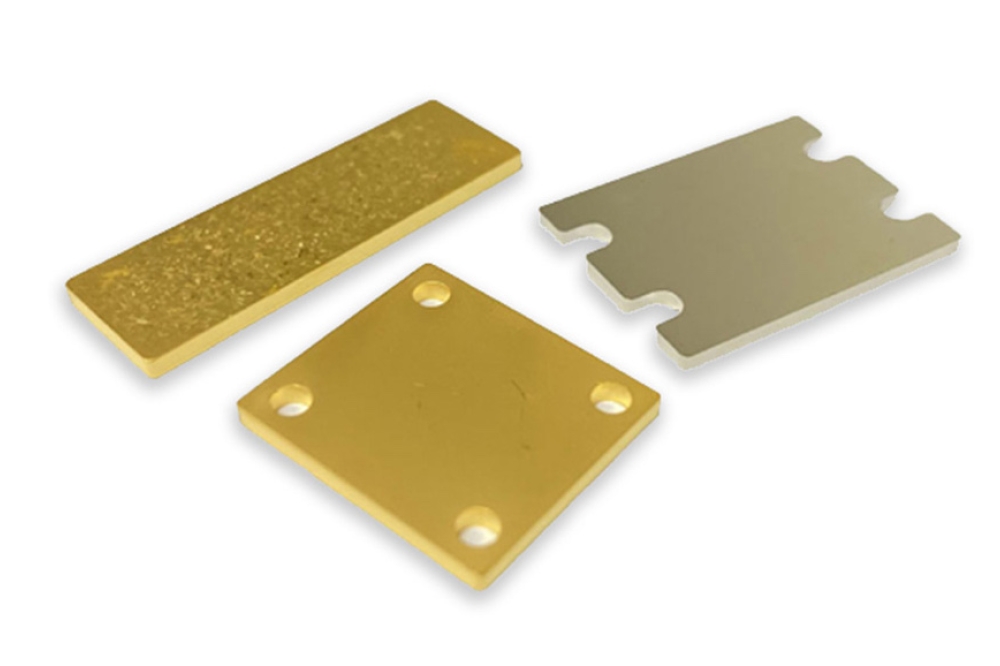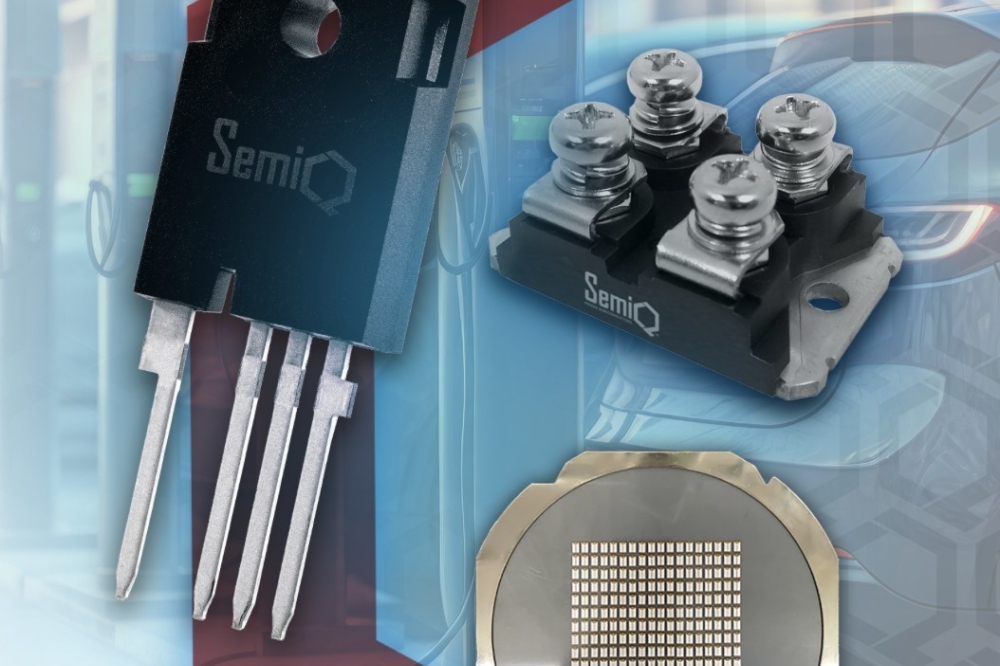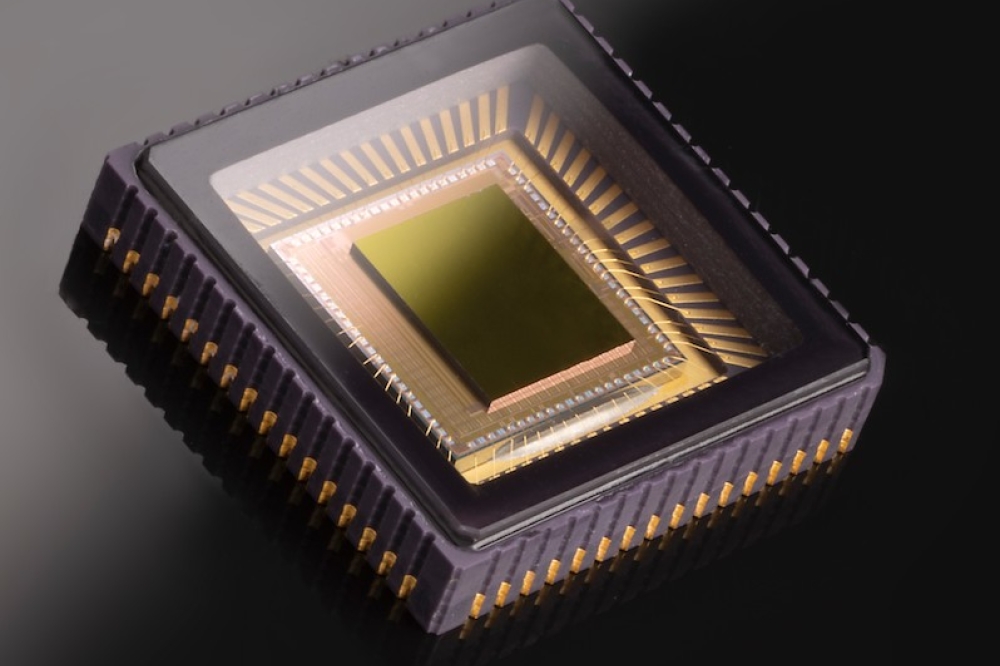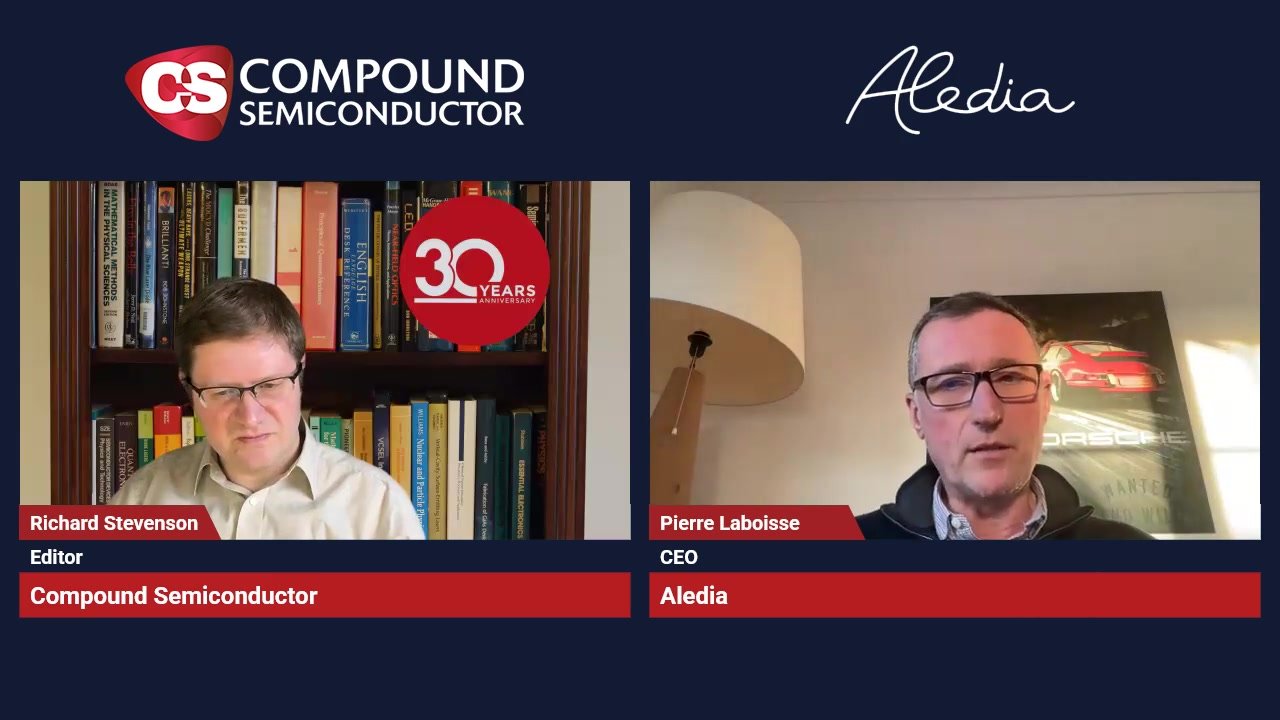2D transistor operates at 29mV

University at Buffalo researchers report 2D transistor that can switch fast while consuming low amounts of energy
University at Buffalo researchers are reporting a new, 2D transistor made of graphene and the compound semiconductor MoS2 that could help usher in a new era of computing.
As described in a paper accepted at the 2020 IEEE International Electron Devices Meeting, which is taking place virtually next week, the transistor requires half the voltage of current semiconductors. It also has a current density greater than similar transistors under development.
This ability to operate with less voltage and handle more current is key to meet the demand for new power-hungry nanoelectronic devices, including quantum computers.
"New technologies are needed to extend the performance of electronic systems in terms of power, speed, and density. This next-generation transistor can rapidly switch while consuming low amounts of energy," says the paper's lead author, Huamin Li, assistant professor of electrical engineering in the UB School of Engineering and Applied Sciences (SEAS).
The transistor is composed of a single layer of graphene and a single layer of the transition metals chalcogenide MoS2 . The graphene and MoS2 are stacked together, and the overall thickness of the device is roughly 1 nanometer.
While most transistors require 60 millivolts for a decade of change in current, this new device operates at 29 millivolts.
It's able to do this because the unique physical properties of graphene keep electrons 'cold' as they are injected from the graphene into the MoS2 channel. This process is called Dirac-source injection. The electrons are considered "cold" because they require much less voltage input and, thus, reduced power consumption to operate the transistor.
An even more important characteristic of the transistor, Li says, is its ability to handle a greater current density compared to conventional transistor technologies based on 2D or 3D channel materials. As described in the study, the transistor can handle 4 microamps per micrometer.
"The transistor illustrates the enormous potential 2D semiconductors and their ability to usher in energy-efficient nanoelectronic devices. This could ultimately lead to advancements in quantum research and development, and help extend Moore's Law," says co-lead author Fei Yao, assistant professor in the Department of Materials Design and Innovation, a joint program of SEAS and UB's College of Arts of Sciences.

